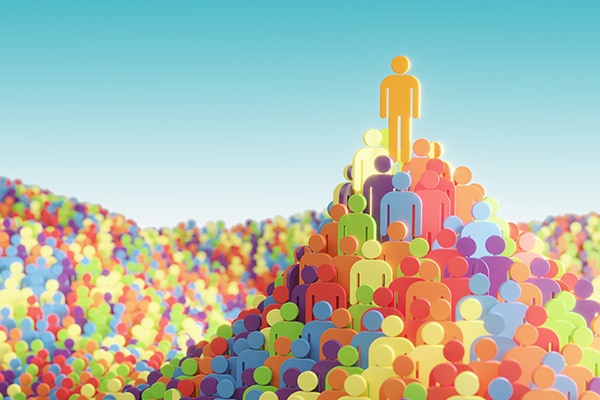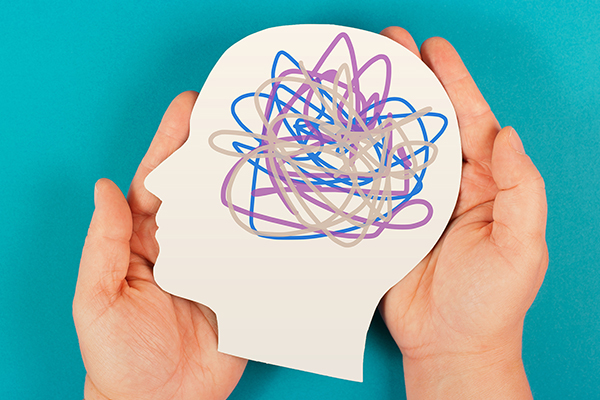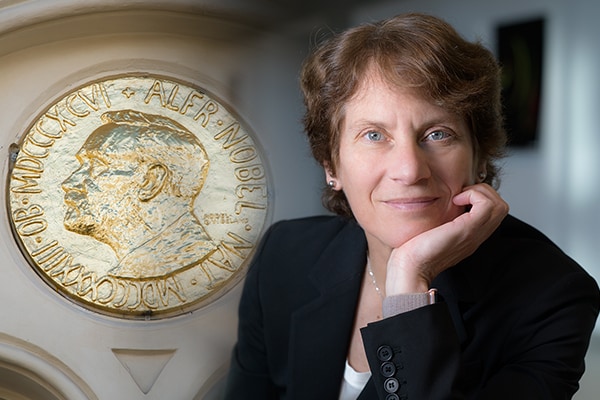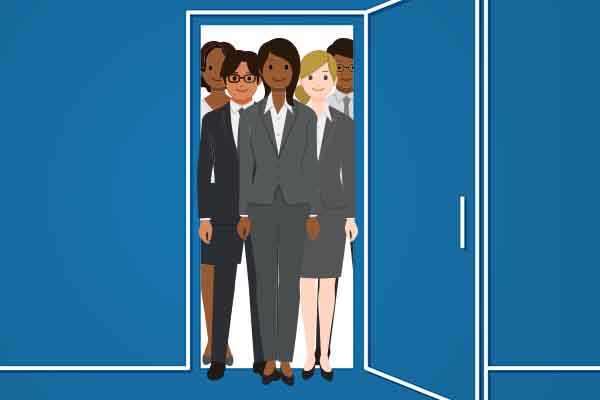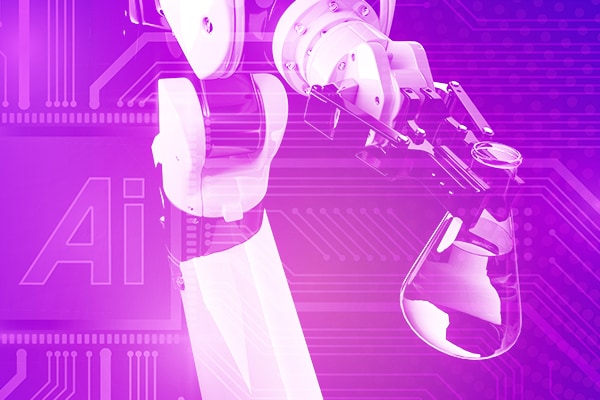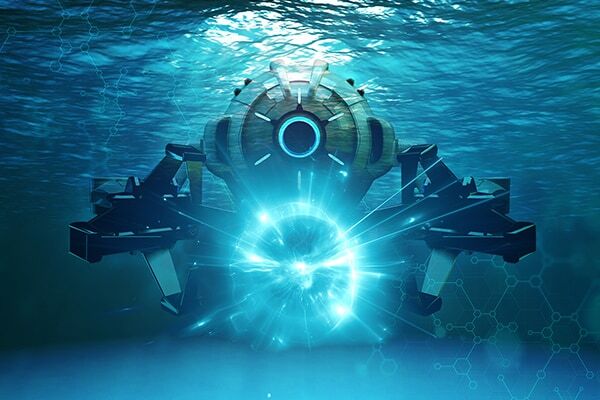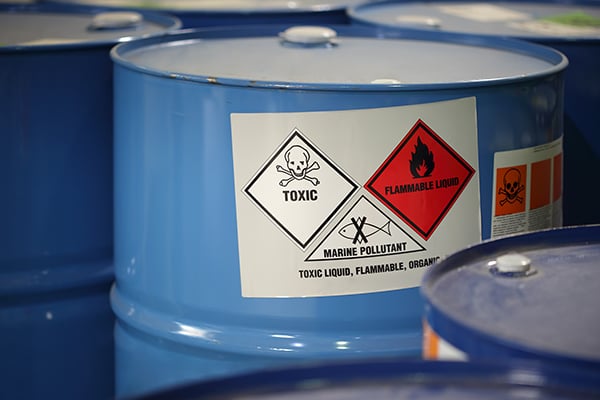What interventions can educators use to make science accessible to children, adolescents, and adults with partial or complete blindness?
Today, technological interventions can utilize universal designs that help students with visual impairments learn and do science more easily. Join Bryan F. Shaw, Professor of Chemistry & Biochemistry at Baylor University as he discusses key tools and interventions like the use of light-scattering tactile graphics (“lithophanes”) as universal 2D graphics, oral somatosensory perception of 3D models, and expands the discussion to include the design of 3D printed tools and robotics that make science experiments accessible to people with diverse physical and visual abilities.
This ACS Webinar is moderated by Cary Supalo of Independence Science and Annabelle Lolinco of Iowa State University and is co-produced with the ACS Division of Professional Relations.
* If you are having technical difficulties viewing the video please try different internet browsers like Chrome, Firefox, and Explorer. If you still can not access the video please review the following computer prerequisites from our video hosting platform.
What You Will Learn
- How to make high resolution 2D data accessible to people with blindness or low vision
- How to make 3D data accessible to people with blindness or low vision
- How to make certain lab tools accessible to people with blindness or low vision
Co-Produced With
What an attendee said about this ACS Webinar!

The webinar did a great job of introducing the problem of training scientists with limited or no vision and provided a number of innovative examples on how to address lab work, data evaluation, etc.
BECAUSE PEOPLE
LIKE YOU CREATE
GREAT CHEMISTRY
You belong here



